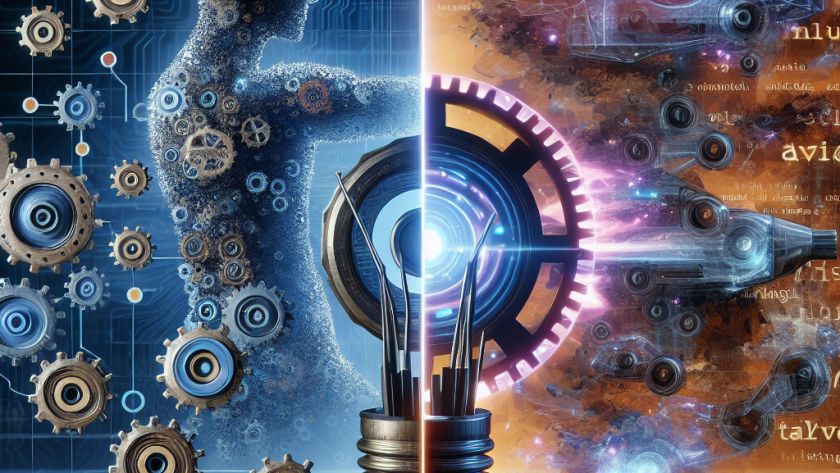Visual Language Models (VLMs) have proven instrumental in tasks such as image captioning and visual question answering. However, the efficiency of these models is often hampered by challenges such as data scarcity, high curation costs, lack of diversity, and noisy internet-sourced data. To combat these setbacks, researchers from Google DeepMind have introduced Synth2, a method…












